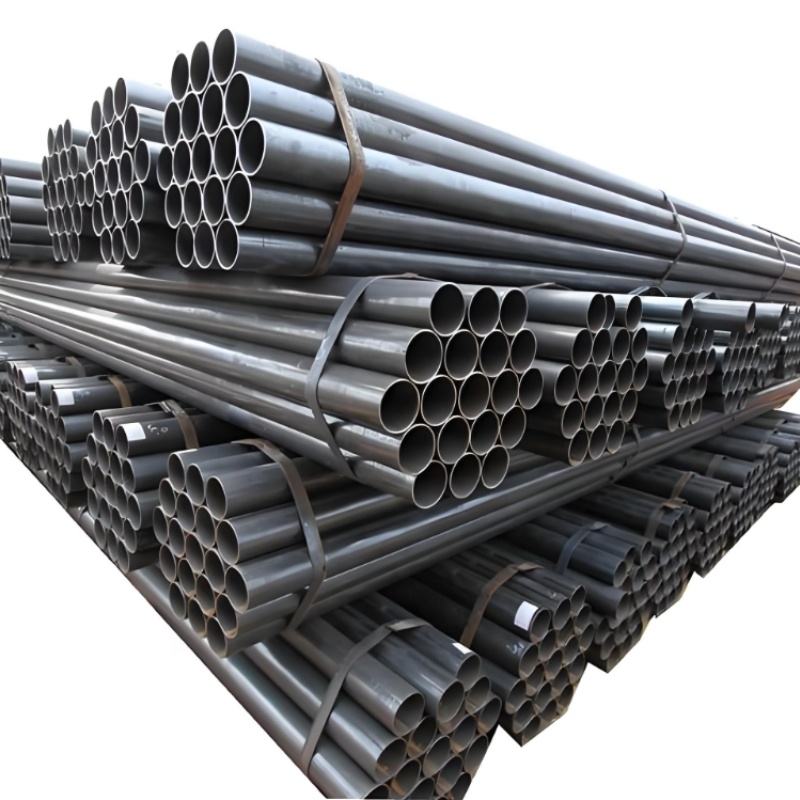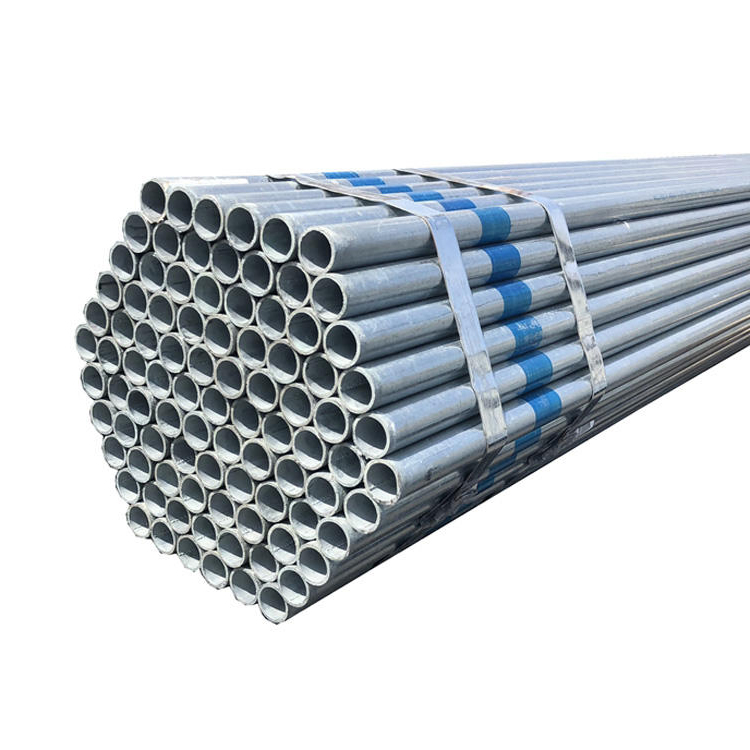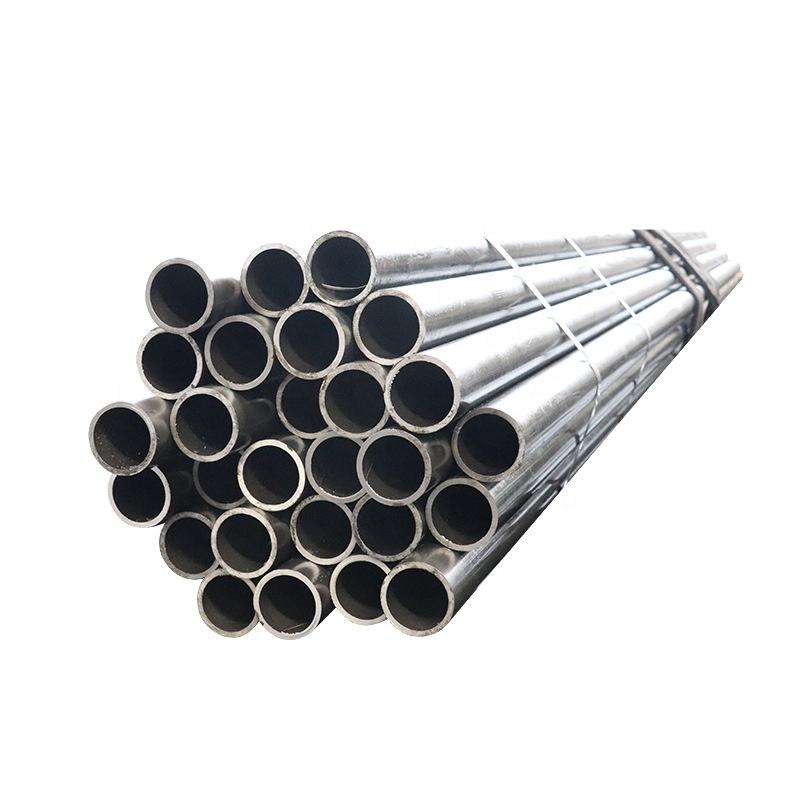Irregular pipe is a type of pipe with a special shape, which has a wide range of applications in various fields. Unlike traditional circular pipes, special-shaped pipes have a variety of cross-sectional shapes, including square, rectangular, elliptical, triangular, and various irregular shapes. These unique shape designs enable special-shaped pipes to meet the special needs of different projects and products.
Processing technology of special-shaped pipes
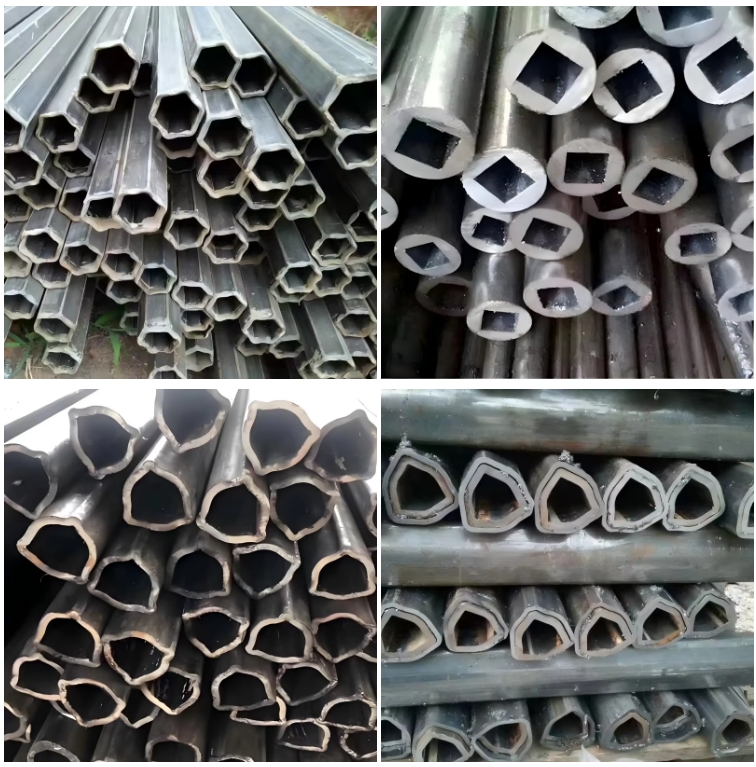
1. Cold drawing process
Cold drawing is a common process in the processing of special-shaped pipes. Firstly, place the tube blank into the cold drawing machine and apply tension to it through the mold, causing it to undergo plastic deformation inside the mold, thereby achieving the goal of changing the shape and size of the tube. During the cold drawing process, due to the processing of the tube blank at room temperature, the microstructure of the metal does not undergo significant changes, which results in high surface quality of the tube and good control of dimensional accuracy. For example, for some high-precision required special-shaped pipes, such as those used for mechanical parts, cold drawing technology can ensure that their dimensional tolerances are within a very small range, and the surface roughness can also meet high standards. However, the cold drawing process has high requirements for equipment and molds, and the design and manufacturing of molds need to be specially customized according to different shaped pipe shapes to ensure that the pipes can pass through the mold smoothly and form the required shape.
2. Hot rolling process
The hot rolling process is to heat the tube blank to a certain high temperature state to give it good plasticity, and then roll it through a rolling mill. During the hot rolling process, the deformation resistance of the billet at high temperatures is relatively small, making it easier to roll into various irregular shapes. The hot rolling process is suitable for producing large-sized special-shaped pipes, and its production efficiency is relatively high. During the hot rolling process, due to the high temperature of the metal, the internal stress is released, which helps to improve the toughness of the pipe. However, the surface quality of special-shaped pipes produced by hot rolling process is relatively poor, and the dimensional accuracy is not as good as that of cold drawing process. This is because during the cooling process of hot-rolled pipes, uneven temperature distribution and other factors can easily cause certain deformation of the pipes. In order to improve the quality of hot-rolled special-shaped pipes, it is usually necessary to carry out some subsequent processing after hot rolling, such as straightening, polishing, etc.
3. Extrusion process
The extrusion process is to place the tube blank into the mold cavity of the extruder, apply pressure to the tube blank through the extrusion rod, and extrude the tube blank from the mold hole, thereby forming the desired shaped tube. The extrusion process can produce complex shaped pipes, and for some special shapes that are difficult to produce through cold drawing and hot rolling processes, the extrusion process has unique advantages. During the extrusion process, the deformation of the metal is relatively uniform, and the internal structure of the pipe is denser, which helps to improve the strength and performance of the pipe. Moreover, the extrusion process can be carried out at lower temperatures, which can better ensure the performance of some temperature sensitive metal materials. However, the equipment investment for extrusion technology is relatively high, production efficiency is relatively low, and mold wear is also severe, which to some extent limits its large-scale application.
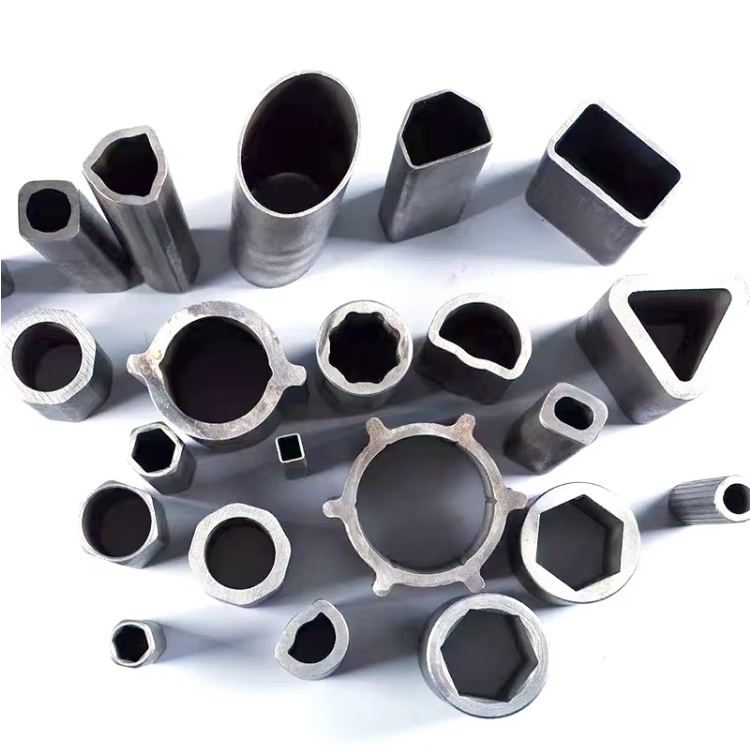
4. Forging process
Forging technology is also applied in the processing of special-shaped pipes, especially in situations where high quality and performance requirements are placed on the pipe material. Forging is the process of applying impact or pressure to a metal billet, causing it to undergo plastic deformation and obtain the desired shape and properties. In the forging process of special-shaped pipes, the first step is to make corresponding forging molds according to the shape and size of the pipe material. Then the heated metal billet is placed into the mold and subjected to multiple forging processes using forging equipment. The forging process can refine the grain size of metals, make the internal structure more uniform, and greatly improve the strength, toughness, and fatigue resistance of pipes. For example, some special-shaped pipes used in the aerospace field often require extremely high performance due to their harsh working environment, and are often produced using forging technology. However, the production process of forging technology is relatively complex, with high technical requirements for operators, low production efficiency, and relatively high costs.


